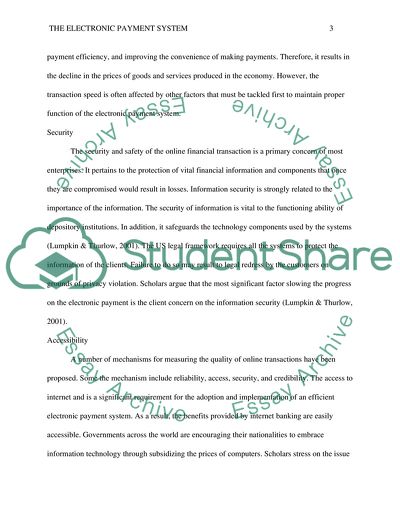Cite this document
(Electronic payment systems-their impact on the scope of depository Research Paper, n.d.)
Electronic payment systems-their impact on the scope of depository Research Paper. https://studentshare.org/finance-accounting/1873308-electronic-payment-systems-their-impact-on-the-scope-of-depository-institutions-markets
Electronic payment systems-their impact on the scope of depository Research Paper. https://studentshare.org/finance-accounting/1873308-electronic-payment-systems-their-impact-on-the-scope-of-depository-institutions-markets
(Electronic Payment Systems-Their Impact on the Scope of Depository Research Paper)
Electronic Payment Systems-Their Impact on the Scope of Depository Research Paper. https://studentshare.org/finance-accounting/1873308-electronic-payment-systems-their-impact-on-the-scope-of-depository-institutions-markets.
Electronic Payment Systems-Their Impact on the Scope of Depository Research Paper. https://studentshare.org/finance-accounting/1873308-electronic-payment-systems-their-impact-on-the-scope-of-depository-institutions-markets.
“Electronic Payment Systems-Their Impact on the Scope of Depository Research Paper”. https://studentshare.org/finance-accounting/1873308-electronic-payment-systems-their-impact-on-the-scope-of-depository-institutions-markets.


